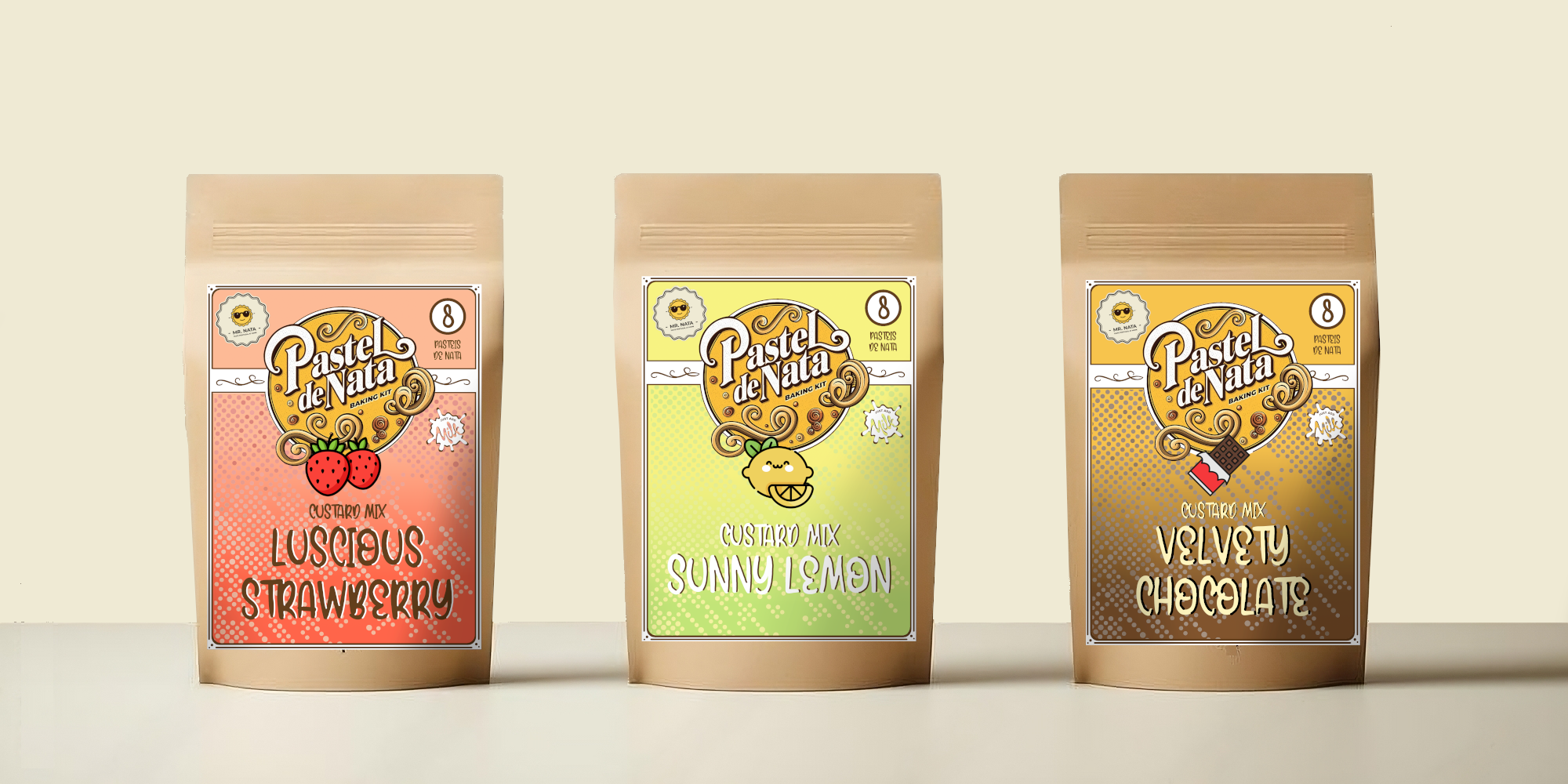9 surprising facts you didn’t know about Pastel de Nata
The Pastel de Nata, also known as the Portuguese custard tart, is a beloved dessert enjoyed by people all over the world. With its creamy custard filling and crispy, flaky pastry shell, this delicious treat has a fascinating history and some surprising secrets that even the biggest fans might not know. Here are 9 surprising facts about the Pastel de Nata that will make you appreciate this iconic dessert even more.
1. The Recipe Was Created by Monks in the 19th Century
Did you know that the Pastel de Nata was originally created by monks? Back in the early 19th century, the monks of the Jerónimos Monastery in Lisbon, Portugal, started making these tarts as a way to use up leftover egg yolks. Egg whites were commonly used to starch nuns’ and monks’ clothing, which meant they had a lot of extra yolks. So, they turned to baking, and the Pastel de Nata was born!
2. Pastéis de Nata Were Once Sold to Save a Monastery
The delicious tarts became a way to support the monastery financially. When the Jerónimos Monastery faced closure in 1834 due to the Liberal Revolution in Portugal, the monks began selling their Pastéis de Nata to the public to generate income. Eventually, they sold the secret recipe to a nearby sugar refinery, and in 1837, the first Fábrica de Pastéis de Belém was established. This bakery still exists today and continues to produce Pastéis de Belém, a version of the tart that follows the original recipe.
3. The Original Recipe Is a Closely Guarded Secret
The original recipe for Pastéis de Belém, which is considered the most authentic version of the Pastel de Nata, remains a well-kept secret to this day. Only a few master pastry chefs at the Fábrica de Pastéis de Belém know the exact ingredients and method. They work in a specially designed area called the “Oficina do Segredo” (Secret Workshop), where they prepare the custard filling and dough behind closed doors.
4. It’s One of the World’s Oldest Recipes
The Pastel de Nata is not just any dessert—it’s one of the oldest known recipes in the world that is still in use today. The combination of simple ingredients—egg yolks, sugar, flour, and milk—has remained largely unchanged for over 200 years, making it a culinary icon with a long, storied history.
5. Over 20,000 Pastéis de Nata Are Sold Daily in Belém
At the Fábrica de Pastéis de Belém, more than 20,000 tarts are sold every single day. During peak tourist seasons, this number can exceed 50,000 tarts daily! Visitors from around the globe flock to this historic bakery to sample the legendary treat fresh from the oven. If you ever visit, be prepared for long lines, as the demand is always high.
6. Pastéis de Nata Are a Global Sensation
Although they originated in Portugal, Pastéis de Nata have become a global phenomenon. You can find them in Portuguese-speaking countries like Brazil and Angola, as well as in countries like Japan, Canada, the United Kingdom, and Australia. In Macau, a former Portuguese colony, these tarts have even inspired the local Macanese egg tart, a slightly sweeter version of the classic.
7. November 17th Is Officially Pastel de Nata Day
Yes, Pastel de Nata has its own special day! Every year on November 17th, fans around the world celebrate International Pastel de Nata Day. It’s a day to indulge in these creamy, crispy treats and appreciate their history and global popularity. Whether you’re in Lisbon or New York, it’s the perfect excuse to enjoy an extra tart (or two!).
8. The Perfect Pastel de Nata Should Have “Brûlée” Spots on Top
The telltale sign of a perfect Pastel de Nata is the caramelized “brûlée” spots on top of the custard. This happens when the tarts are baked at a very high temperature, typically around 250°C (482°F) or more, causing the sugar in the custard to caramelize and form golden brown spots. It’s this caramelization that gives the tart its signature look and slightly burnt flavor, balancing the sweetness of the custard with a hint of bitterness.
9. There’s an Annual Contest to Determine the Best Pastel de Nata in Portugal
Every year, Portugal hosts a prestigious contest called the Concurso do Melhor Pastel de Nata, where bakeries from all over the country compete to win the title of “Best Pastel de Nata”. A panel of judges evaluates the tarts based on appearance, flavor, texture, and overall quality. Winning this contest is a huge honor, and bakeries often see a surge in popularity after taking home the prize.
The Pastel de Nata is more than just a custard tart—it’s a piece of Portuguese history and culture. From its humble beginnings in a Lisbon monastery to becoming a worldwide sensation, this dessert has stood the test of time and continues to delight people across the globe. Now that you know more about the surprising facts behind this beloved treat, why not try making it yourself? With the Mr Nata kit, you can recreate this iconic dessert at home and experience the authentic taste of Portugal in your own kitchen.
Ready to start baking? Visit MrNata.com and order your kit today!






